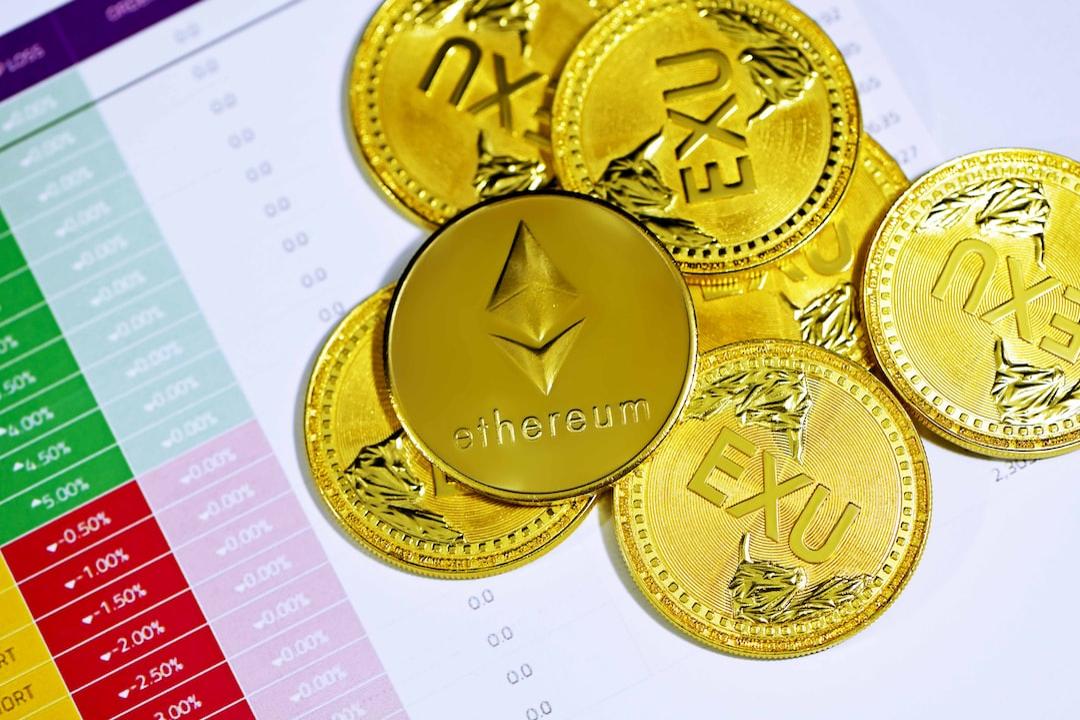Ripple’s XRP has long been recognized for its fast and cost-effective transactions, but recent changes in strategy have sparked speculation about XRP reaching new all-time highs. A significant factor in this potential surge is Ripple’s focus on tokenizing real-world assets (RWAs). Austin King, co-founder of Omni Network, recently shared his analysis on how Ripple’s tokenization strategy could be the key to XRP’s future growth. By tapping into the RWA market, Ripple aims to further increase the value of XRP.
Ripple’s decision to enter the tokenization space is not a new one. In 2023, Ripple’s CTO David Schwartz hinted that the company was moving towards tokenizing real-world assets. In pursuit of this goal, Ripple took a major step by acquiring Metaco, a firm specializing in custody and tokenization, in May 2023. This acquisition was crucial for Ripple as it allowed the company to expand its efforts into the tokenization market, particularly with RWAs. Tokenization is seen as one of the most promising areas of growth for Ripple, and if successful, it could lead to increased demand for XRP and ultimately a significant price increase.
Austin King believes that Ripple’s XRP Ledger (XRPL) holds enormous potential for tokenizing RWAs, potentially creating trillions of dollars in value. While the XRP network is the third-largest cryptocurrency platform, King points out that it has not yet fully integrated into decentralized finance (DeFi). Ripple’s success in onboarding traditional financial institutions is well-established, but expanding its tokenized assets to other blockchain networks is still a work in progress. This is where King’s Omni Network comes in. By connecting XRPL’s tokenized assets to a broader blockchain ecosystem, Omni Network aims to enhance liquidity and utility for XRP, making it a significant player in the market.
A crucial aspect of this strategy has been Ripple’s creation of RLUSD, its stablecoin, which has already injected $38 billion in liquidity across various networks. Another exciting development comes from Ondo Finance, which has introduced tokenized U.S. Treasury bills on the XRPL. This move is expected to have a profound impact on the financial markets by bridging traditional finance with blockchain technology and further enhancing XRP’s reputation.
King outlines a two-pronged strategy to elevate XRP’s role in tokenization. First, Ripple is working with banks to tokenize various assets such as bonds and securities, transferring them onto the XRP Ledger. The second part involves Omni Network ensuring that these tokenized assets can move across different blockchain ecosystems. This will make XRP more accessible and widely used, giving it a stronger position in the growing tokenization market.
Ripple has already made progress in tokenization. In June 2024, Ripple expanded its partnership with Archax to tokenize hundreds of millions of dollars’ worth of RWAs. This partnership led to the debut of the UK’s first tokenized money market fund on the XRP Ledger in November 2024. Additionally, Ripple launched Multi-Purpose Tokens (MPTs) in September 2024, a new standard for tokenizing complex financial assets such as Treasury bills. This move aims to make the XRP Ledger more appealing to financial institutions that are increasingly interested in tokenizing assets.
These developments position Ripple as a leading force in the tokenized asset space. As the demand for blockchain-based financial solutions grows, XRP could experience increased adoption, driving its price to new heights. Ripple’s venture into the tokenization of real-world assets is a strategic move that could have a lasting impact on the cryptocurrency’s value, ensuring its status as a key asset in the financial ecosystem for years to come.

